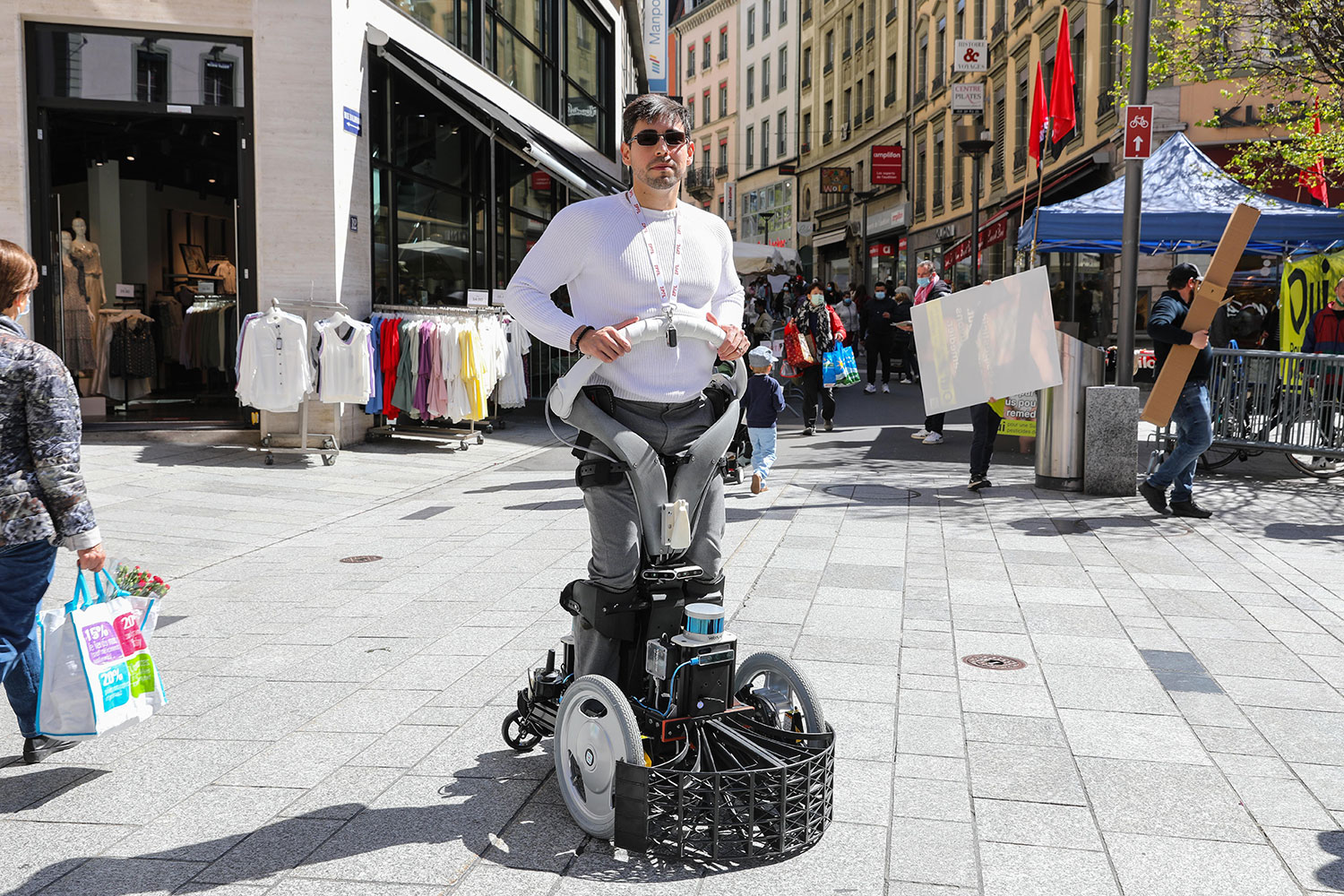
People in robotic wheelchairs may soon be able to move through crowds smoothly and safely. As part of CrowdBot, an EU-funded project, researchers at EPFL’s Learning Algorithms and Systems Laboratory (LASA) are exploring the technical, ethical, and safety issues related to this kind of technology. The researchers want, in the long term, to help disabled people get around more easily.
The CrowdBot is a part of the EU’s Horizon 2020 program in the Information and Communication Technology (ICT) section. The project aims to test the technical and ethical feasibility of having robots move through crowded areas. These robots could be humanoids, service robots, or assistive robots.
It will enable mobile robots to navigate autonomously and assist humans in crowded areas, rather than simply stopping when the going gets tough. The project will fill the gap in knowledge about close interactions between robots and humans during navigation tasks.
Among the various issues being studied, the most obvious concerns the safety of robot users and the people near them. LASA researchers found that existing legislation didn’t address this and began looking at all the possible risks, including the risk of a collision with a human. The team conducted crash tests of their Qolo Bern and discovered that collisions at even low robot speeds could cause serious injuries.
With the advancement in robotics taking place at a rapid pace, we could start seeing more and more such devices on our roads and sidewalks – like delivery robots, for example. It will be essential to develop effective ways to minimize the probability of collisions and other accidents. “Crash tests have shown that the risk of injury could be high and sometimes exceeds what’s permissible for automobiles,” says Diego Paez, a postdoc at LASA.
“Now we need to work on a control system for mitigating this risk, whether by lowering the robot’s speed or improving its shock absorption capacity,” says Aude Billard, the head of LASA. “And it’s crucial for these findings to be taken into account in future legislation. These laws could include setting a speed limit for assistive robots like Qolo or restricting the ability of some kinds of vehicles, like delivery robots, to operate in highly frequented areas.”
Robotic wheelchairs to move through crowds smoothly and safely
Source: Global Access News

No comments:
Post a Comment